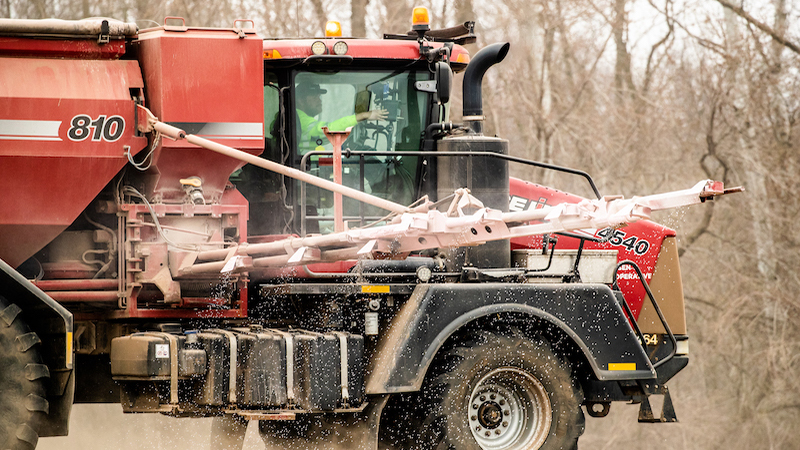Satellite Cyber Security — The Last ‘Final Frontier’ for Agriculture
One of our Women in Ag Tech ambassadors, Joyce Hunter, Executive Director for Collaboration & Education at research firm Mission Critical, recently forwarded me an article on cyber security risks pertaining to satellites. It caught my attention considering the proliferation of satellite imagery and communications that the agriculture industry, like others, increasingly relies on.
According to the article, National Cyber Director Harry Coker warned attendees of the National Security Telecommunications Advisory Committee meeting in May that satellites are a prime target for U.S. adversaries, including China.
Not only are cyber-attacks on satellites the “first choice with the lowest barrier to entry,” he said, but satellites also have “engineering challenges, logistical concerns, and bandwidth issues.”
Their lifecycle, which typically ranges from eight to 10 years, also makes them prone to “evolving threats by design,” said Coker.
I contacted Nathan Faleide, Chief Product Officer at Farmwave and host of the podcast Ag Uncensored, to get his perspective. His father, Lanny, founded Satshot in the mid-1990s, a leading company in remote sensing, so he knows a thing or two about this topic.
From a data angle, Faleide doesn’t see too much of a threat because a lot of farm data and information is already accessible. However, threats related to satellite communications could pose a bigger problem, especially as this segment grows.
For example, a malware infection could compromise communications systems and equipment, enabling bad actors to steal equipment to sell it or part it out, said Faleide. While OEMs are diligent about testing their systems and equipment extensively before they go to market, the advent of automation and robotics along with future innovations might change the equation and introduce more risk, he acknowledged.
“Cybersecurity is scary, and people like to worry about scary things,” Faleide said.
Indeed, the biggest threat when it comes to data in the ag industry is that “we don’t use it!” he said, especially compared to growers in other countries who have wholeheartedly embraced technology seemingly overnight.
In the meantime, Gizem Yilmaz, Master Expert Data Analyst with Turkey’s leading telecom company, Turkcell Technology, suggested stronger encryption, such as quantum encryption, advanced laser-based communication, and reinforcement of intrusion detection and prevention systems, would help mitigate cyber-attacks on satellites.
Upgrading the regulations governing satellite security is equally important, she added.
In May, the Biden-Harris administration released Version 2 of the National Cybersecurity Strategy Implementation Plan, outlining steps the federal government is taking to “increase our collective digital security and systemic resilience,” according to a White House press release, which added that: “These critical implementation actions are informed by the challenges and opportunities we face in cyberspace …”
Interestingly, space is not identified as one of the 16 federal critical infrastructure sectors, although satellites are included in the communications sector.
I’ll have to let Hunter know so she can get on it.
Let’s get growing!






